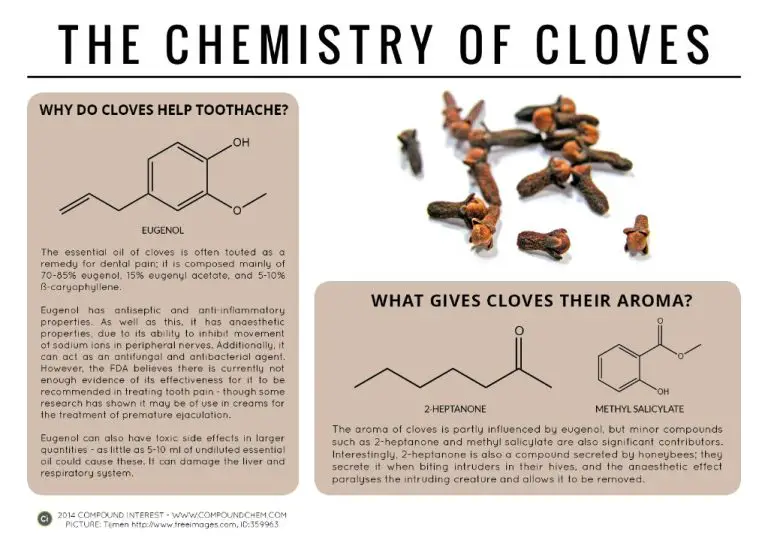Where Is Scent Memory Located?
Scent memory refers to the strong connection between smells and memories. When we smell a particular scent, it can often trigger vivid memories and emotions from the past. This is because the olfactory bulb in the brain has direct connections to parts of the limbic system associated with memory and emotion, including the hippocampus and amygdala. Scent memory is powerful because smells get routed through the olfactory cortex and then directly to the parts of the brain that control memory and emotion. This allows scent cues to activate memories and feelings in a way that visual and auditory cues cannot.
There has been a lot of research interest around where exactly scent memories are stored in the brain. Studies have implicated various regions like the olfactory cortex, orbitofrontal cortex, hippocampus, amygdala, entorhinal cortex, and insula. However, scent memory appears to involve an interplay between many regions. This article will explore the evidence around the brain areas involved in scent memory.
Olfactory System
The initial step in smell processing occurs in the nose, where airborne odor molecules are detected by olfactory receptors located in the olfactory epithelium. Each olfactory receptor cell expresses only one type of odor receptor, allowing it to detect a specific odorant molecule (Firestein, 2001 https://www.nature.com/articles/35093026). When an odorant binds to its matching receptor, a signal is transmitted to the olfactory bulb located at the front of the brain.
In the olfactory bulb, the axons of olfactory receptor cells synapse with mitral and tufted cells. The mitral and tufted cells organize information about different odors into a topographic map before projecting to other brain regions involved in smell perception and memory (Sharma et al., 2019 https://www.ncbi.nlm.nih.gov/pmc/articles/PMC7052838/). This mapping allows the brain to distinguish between thousands of distinct odors.
Olfactory Cortex
The olfactory cortex is the region of the brain responsible for processing smell. It includes the piriform cortex, entorhinal cortex, periamygdaloid cortex, and parts of the amygdala and hippocampus Memory and Plasticity in the Olfactory System. The piriform cortex is the primary olfactory cortex that receives direct input from the olfactory bulb. It analyzes odor molecules and identifies smells. The periamygdaloid cortex associates smells with memories and emotions. Together, these regions determine the meaning, significance and memory of specific odors.

Research shows the piriform cortex contains spatial maps organizing information about odor features. The spatial organization enables the piriform cortex to compare input from the olfactory bulb to previously stored odor memories, helping identify specific smells. The entorhinal cortex receives processed odor information from the piriform cortex and mediates communication between the olfactory cortex and the hippocampus. This allows odor memories to be consolidated and stored long-term.
Orbitofrontal Cortex
The orbitofrontal cortex plays a key role in encoding scent memories. According to research, the orbitofrontal cortex is activated when smells evoke autobiographical memories (https://www.frontiersin.org/articles/10.3389/fpsyg.2018.00687). This region is associated with emotional processing and memory retrieval. When we smell a familiar odor, it triggers activity in the orbitofrontal cortex, which then activates memories associated with that smell.
Specifically, the left posterior orbitofrontal cortex shows increased activity during autobiographical memory retrieval triggered by odors (https://www.frontiersin.org/articles/10.3389/fpsyg.2018.00687). Patients with damage to the orbitofrontal cortex experience impairments in odor memory and have difficulty identifying smells, even though their sense of smell is intact. This suggests the orbitofrontal cortex plays a crucial role in creating the subjective perceptual experience of smell and linking it to memories.
In summary, the orbitofrontal cortex encodes the memory aspects of smell, connecting odors to emotional memories stored in other parts of the brain like the amygdala and hippocampus. Its role is essential for our ability to form vivid scent-triggered memories.
Hippocampus
The hippocampus plays a key role in converting short-term scent memories into long-term memories. According to research from Harvard University, the hippocampus is critical for associating an odor with a past experience and encoding it into long-term memory (1). When we smell an odor, it first activates the olfactory bulb which sends signals to the olfactory cortex. The hippocampus then integrates inputs from the olfactory cortex with spatial, emotional and other contextual information. This allows us to form rich, multidimensional scent memories that link smells to specific people, places and experiences. Studies show that damage to the hippocampus impairs odor recognition and odor associative memory in humans (2). Therefore, the hippocampus plays an essential role in converting our short-lived sensory perception of a smell into an enduring long-term scent memory.
Amygdala
The amygdala plays a critical role in processing emotions and emotional memories associated with smells. Research has shown that the amygdala is activated when individuals smell odors that have emotional significance due to being associated with past experiences (1). This is because the amygdala receives direct input from the olfactory system about smells detected by the nose.
Specifically, the amygdala links scents to the emotions and memories associated with those smells. When you smell something that triggers an emotional memory, such as smelling pumpkin pie and remembering Thanksgivings growing up, the amygdala activates the hippocampus to retrieve the full memory. This enables scents to elicit emotional memories and reactions very quickly and automatically (2).
Overall, the amygdala’s connections between the scent signals, emotions, and memories are why certain smells can rapidly bring back emotional memories from the past. This demonstrates the intimate links between how we process scents, emotions, and recollected experiences.
Entorhinal Cortex
The entorhinal cortex, located in the medial temporal lobe, plays an important role in processing olfactory information and retrieving scent memories. According to a study by Persson et al., the lateral entorhinal cortex is critical for forming associations between odors and contexts (1). Lesions to this region impaired rats’ ability to remember which odors were associated with different environments.
The entorhinal cortex contains grid cells, which help encode spatial and contextual information. When an odor is encountered in a particular environment, grid cells likely help link the odor to the spatial map of that location (1). Later, when the same odor is detected, it reactivates the associated spatial map in the entorhinal cortex to retrieve the memory.
The entorhinal cortex is also closely interconnected with the hippocampus, allowing scent information to be incorporated into episodic memories tied to specific times and places. By binding odors to contextual details, the entorhinal cortex enables powerful, vivid recollection of past experiences when a familiar smell is encountered again.
Insula
The insula plays a key role in processing scent intensity and integrating scent with taste [1]. The insular cortex consists of the anterior and posterior insula, which are involved in different functions related to scent memory [2]. Specifically, the anterior insula is associated with detecting scent intensity and valence, while the posterior insula integrates scent with gustatory representations and taste memory. Functional imaging studies have shown that odor intensity ratings correlate with activation in the anterior insula [3]. The posterior insula, on the other hand, contains primary taste cortex and gustatory processing regions that allow it to encode taste-like properties of odors and integrate them with actual taste information [1]. This multisensory integration of scent and taste likely supports the formation of food-related scent memories.
Conclusions
The research shows that scent memory involves several key areas of the brain that work together to store and retrieve odor memories. The main areas include the olfactory bulb, piriform cortex, orbitofrontal cortex, hippocampus, amygdala, entorhinal cortex and insula. Scent memory is unique because odors are processed through a direct pathway to the limbic system, where emotion and memory are processed. This allows scent cues to elicit emotional memories and reactions more strongly than other senses.
In summary, when we smell an odor, signals are sent from the olfactory bulb to the piriform cortex for initial odor identification. The piriform cortex then communicates with memory and emotion centers like the hippocampus, amygdala, orbitofrontal cortex and entorhinal cortex. This widespread brain activation allows us to encode the smell with emotional context and episodic memory. Later exposure to the same odor can trigger recollection of that memory and associated emotions. The insula plays a role in perceiving and integrating these conscious odor memories. Therefore, scent memory involves interconnected brain areas that allow odor cues to stimulate vivid emotional memories.
Further Research
There are several promising areas of future research regarding the location of scent memories. One open question is whether memories of different scent types (e.g. floral, fruity) are stored in different parts of the olfactory cortex. According to Herz (2016), “Future studies should investigate whether olfactory-emotional memories elicited by different odor valence categories may be distributed across the primary olfactory cortex.”
More research is also needed on the neurotransmitters and neural pathways involved in encoding scent memories. As noted in a 2023 study, “Future work should examine the modulatory role of acetylcholine in olfactory learning and memory.”
Longitudinal studies tracking how scent memories change and deteriorate over decades could provide insight into differences between short-term and long-term olfactory memory storage. According to NPR (2023), “more research is still needed to better understand long-term retention of olfactory memories.”
There is still much to uncover regarding the complex interactions between the olfactory bulb, olfactory cortex, hippocampus, amygdala and other brain regions involved in scent memory. Further research could lead to new methods for enhancing memory through targeted scent exposure.




